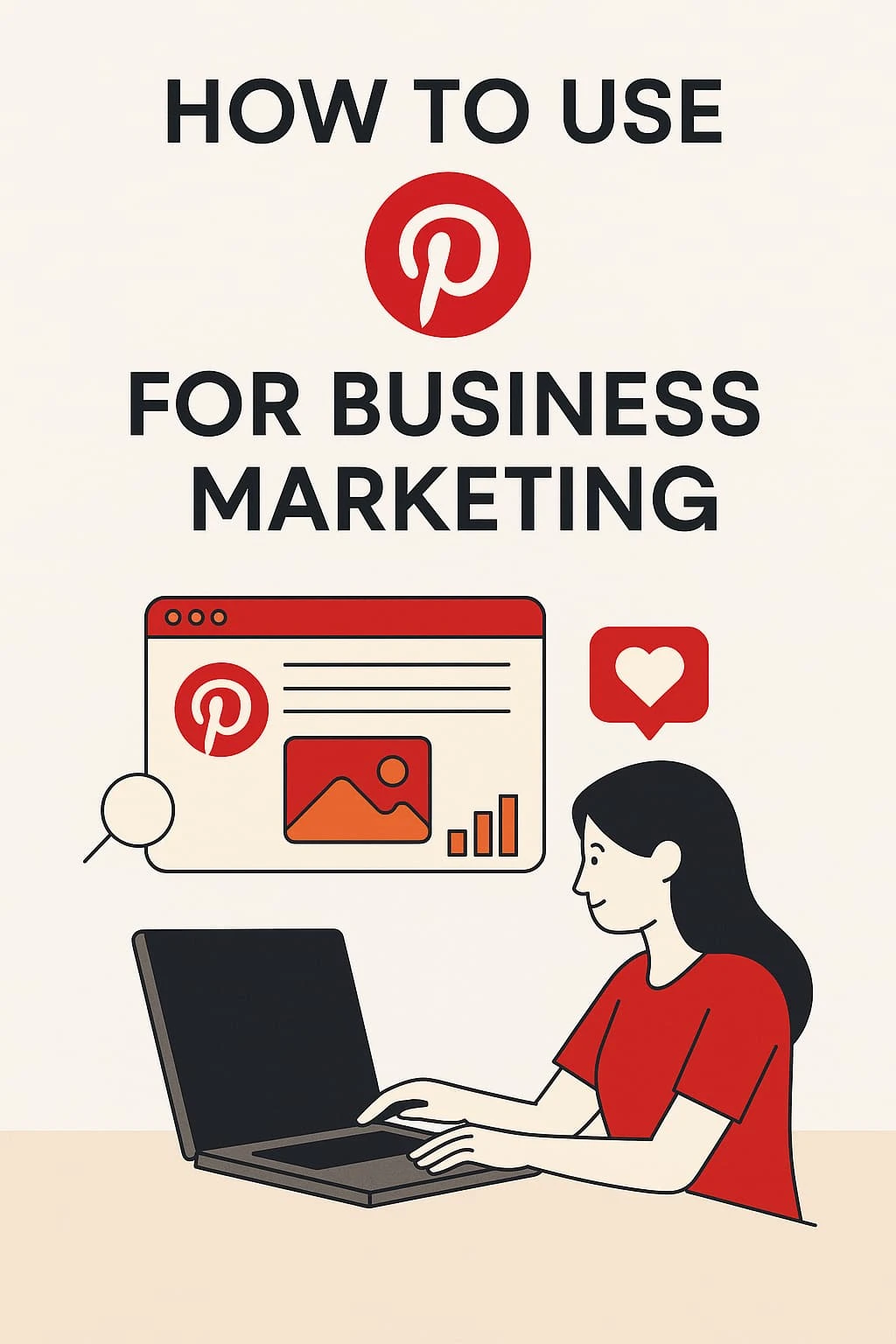What are you looking for?
THE TECH PRODUCT
THE DESIGN STUDIO
THE MEDIA HOUSE
THE MARKETING STUDIO
THE AR LAB

Learn how to use Pinterest for business marketing effectively. Discover Pinterest marketing tips to grow your brand visibility, traffic, and sales.
If you're not using Pinterest for your business yet, you're missing out on one of the most visually driven and conversion-friendly platforms available. With over 450 million monthly users, Pinterest isn't just about DIY crafts or recipe ideas—it’s a powerful discovery engine for businesses of all sizes.
Whether you're in fashion, lifestyle, travel, home decor, or eCommerce, Pinterest for business marketing can boost brand visibility, drive high-quality traffic, and ultimately increase sales.
Let’s dive into how to strategically use Pinterest to promote your business and discover actionable Pinterest marketing tips to build engagement and revenue.
Pinterest users are planners. They search with purchase intent and are more likely to engage with brands compared to other platforms.
If you haven’t already, switch to or create a Pinterest Business account. This unlocks access to:
After signing up:
To use Pinterest for business marketing effectively, you need to know how content gets discovered.
Pinterest ranks Pins based on:
Consistency and pin quality matter more than frequency alone.
Think of your Pinterest profile like your business homepage.
Examples:
Pinterest is all about visuals—but strategy beats aesthetics every time.
Each Pin should lead to high-quality content, like:
Pro Tip: Use Canva or Adobe Express to create branded pin templates for consistency.
Pinterest is a search engine—so treat descriptions like mini SEO blurbs.
Use natural, engaging language—not keyword stuffing.
Pinterest rewards fresh content and regular activity. That doesn’t mean posting 50 pins a day. Instead:
Rich Pins pull metadata from your website to display on Pinterest. These increase credibility and engagement.
There are four types:
Enable them by adding meta tags to your site and validating it via Pinterest’s Rich Pin Validator.
If you're ready to scale, Pinterest Ads offer a powerful way to amplify visibility.
You can target by:
Start with a small budget and test different creatives to see what converts.
Using Pinterest Analytics, monitor:
Combine this with Google Analytics to track conversions from Pinterest traffic. Identify which pins drive real business impact and double down on those formats.
Here are extra strategies to take your Pinterest for business marketing to the next level:
Pinterest is more than a platform for inspiration—it's a visual marketing engine that can bring consistent, high-quality traffic and buyers to your business.
By combining great content, smart SEO, and regular engagement, you can turn Pinterest into one of your most valuable marketing tools.
Ready to get started? Focus on creating pinnable, clickable, and savable content that not only inspires but converts.